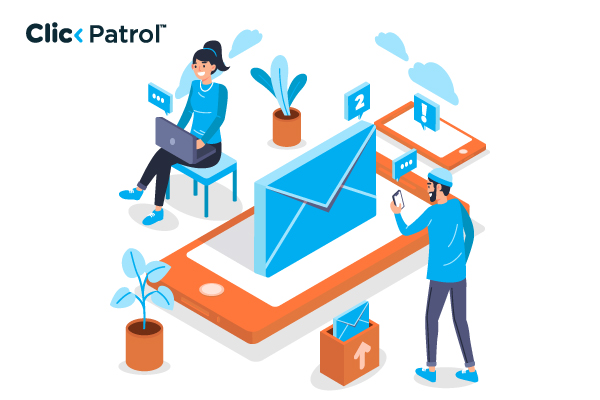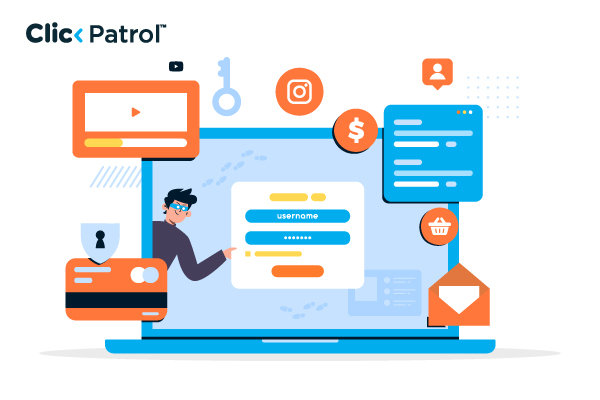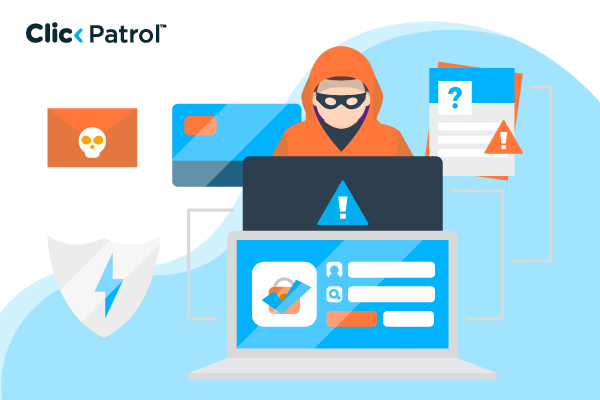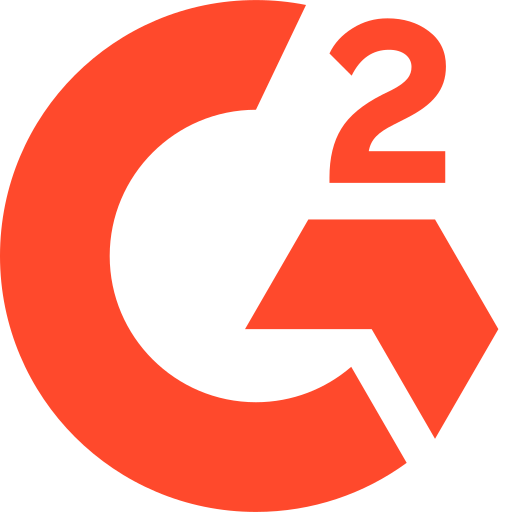In 2024, it was estimated that bots accounted for 50% of global internet traffic, with malicious bots contributing 37% of that traffic.
How to detect bot traffic on your website: A comprehensive guide
Abisola Tanzako | Oct 23, 2025
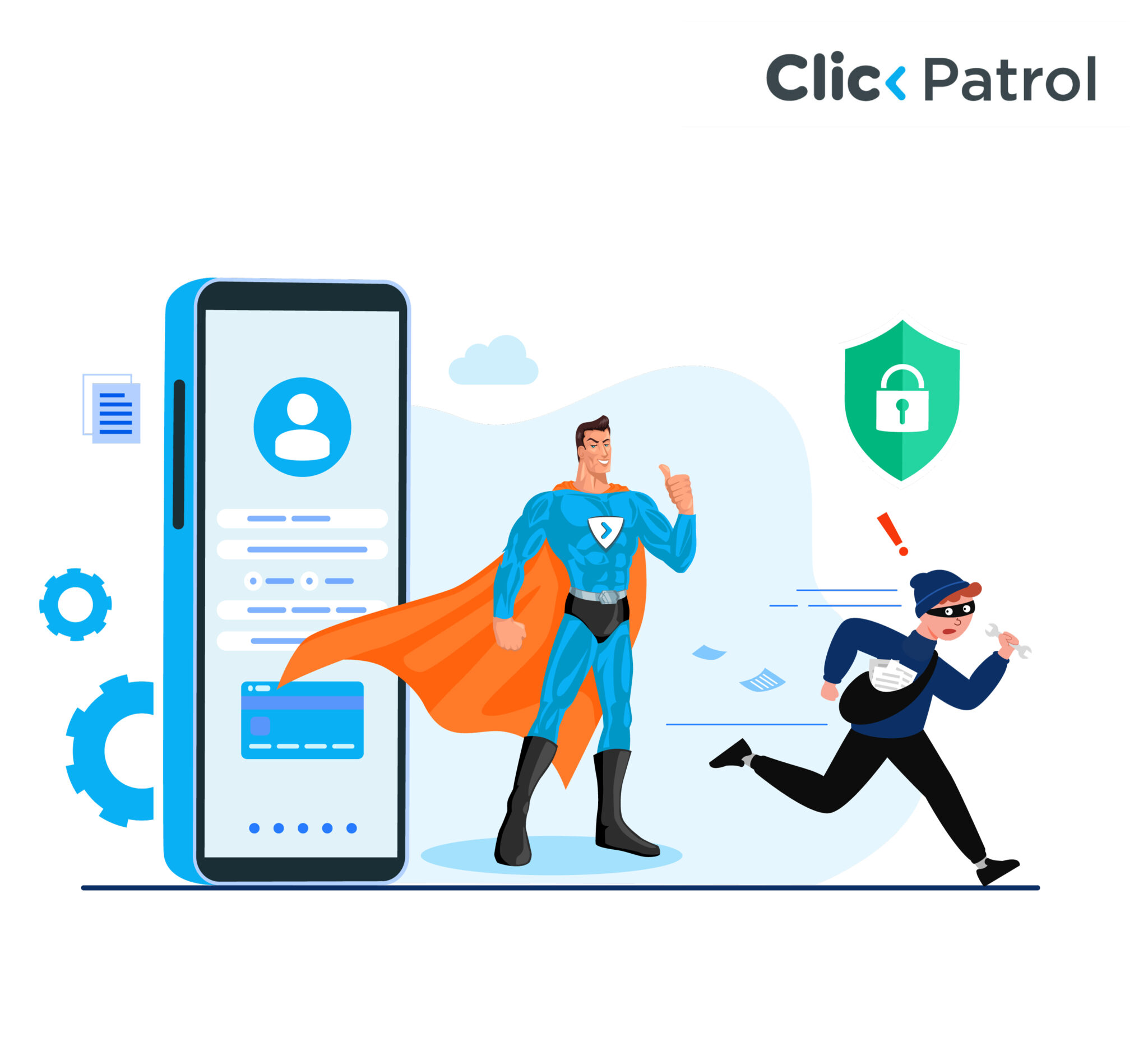
Table of Contents
- What is bot traffic? Types and examples
- The emergence of bad bots is a disturbing trend
- Why detecting bot traffic is critical for your website
- Practical ways to detect bot traffic
- Use Google Analytics (GA4) for traffic insights
- Monitor IP addresses and user-agent strings
- Analyze behavioral patterns
- Implement bot detection tools
- Use CAPTCHA and rate-limiting
- Audit your Robots.txt File
- Monitor server logs
- Practical strategies to block malicious bots
- The impact of bot traffic on SEO, analytics, and the environment
- Protect your website: Key takeaways for managing bot traffic effectively
A 2024 report by Forbes found that bots account for almost half of all internet traffic globally, with malicious, so-called ‘bad bots’ making up one-third of this total.
A significant portion of web traffic is generated by bots, or automated software programs designed to perform specific tasks. Although not all bots are malicious, others can cause significant issues with your website’s performance, security, and SEO ranking.
Learning how to detect bot traffic is crucial for ensuring accurate analytics, a positive user experience, and protecting your online presence.
This article will explore what bot traffic is, the various types of bot traffic, its impact on your website, and practical solutions for identifying and detecting malicious bots.
What is bot traffic? Types and examples
Bot traffic refers to non-human traffic directed to a specific site, typically controlled by automated scripts or programs known as bots.
These programs can be used to crawl web pages, spy on site performance, or even conduct cyber attacks. There are two general types of bot traffic:
Good bots:
These are useful bots that enhance the website’s functionality. Examples include:
- Search engine bots, such as Googlebot and Bingbot, are tools that crawl web pages and index their content to be included in search engine results, thereby increasing visibility.
- SEO crawlers, such as SemrushBot and AhrefsBot, are tools that search through websites to provide performance insights.
- Site monitoring bots: These detect problems with uptime and performance, which ensure a user-friendly experience.
Bad bots:
Such harmful bots damage websites by distorting analytics or stealing information, or by attacking. Common types include:
- Scraper bots: Scrape content or pricing information, which can create duplicate content problems detrimental to SEO.
- Spam bots: Flood posts or leave comments with harmful links, ruining user experience.
- DDoS bots: Slow down servers, causing them to go offline and potentially leading to bans by search engines.
The emergence of bad bots is a disturbing trend
According to Statista, in 2023, 57.2% of web traffic in the gaming industry was caused by bad bots, and industries such as telecom and IT also experienced traffic that was more than 50% caused by bad bots.
Being able to recognize these differences is the initial move towards identifying and handling bot traffic.
Why detecting bot traffic is critical for your website
Malicious bot traffic, especially of malicious origin, may have a severe impact on your site:
- Skewed analytics: Bots generate traffic by inflating page views, distorting bounces, and skewing session times, which can make it challenging to estimate real user behavior.
- SEO penalties: High bot traffic can reduce the speed of your site and result in search engine penalties, such as from Google.
- Security risks: Such malicious bots can exploit vulnerabilities, steal sensitive data, or use DDoS attacks, which undermines user trust.
- Increased costs: Bots consume server resources, potentially increasing hosting expenses without adding value.
Detecting and blocking bot traffic will help you ensure accurate analytics, optimize your SEO performance, and protect your site against security risks.
Practical ways to detect bot traffic
To identify bot traffic, it is necessary to combine analytical tools, behavioral analysis, and proactive monitoring. The following are effective methods of detecting bot activity on your site:
Use Google Analytics (GA4) for traffic insights
Google Analytics 4 (GA4) is a powerful tool for identifying bot traffic. Through the analysis of specific metrics, you can identify tendencies that can be attributed to non-human activity:
- High bounce rates: Bots tend to access a site and exit within a short period, causing abnormally high bounce rates.
- Short session durations: Bots typically take milliseconds to visit a page, whereas human users spend more time.
- Unusual traffic spikes: Unusual traffic spikes, particularly during odd times, could be a sign of bot activity.
- Unknown location traffic: A high number of incoming traffic that is not in your target group might be an indication that bots with VPNs or proxies are being used.
Monitor IP addresses and user-agent strings
Their IP addresses or user-agent strings can identify bots:
- IP address monitoring: When one IP address issues more than one request within a short time, it is probably a bot.
- User-agent strings: Most bots contain recognizable user-agent strings in their requests. For example, Googlebot refers to itself as Googlebot/2.1. To distinguish between good and bad bots, you can track these strings with the help of tools such as Cloudflare.
Analyze behavioral patterns
Bots have different behavioral patterns than human users:
- Erratic navigation: Bots can navigate pages rapidly without reading any information.
- Large page views by a single user: A single user viewing thousands of pages in a short period is a significant concern.
- Low-quality conversions: Spam bots can fill in forms with misleading information, distorting conversion metrics.
Implement bot detection tools
Detection of bots can be automated with specialized tools and give real-time feedback:
- Cloudflare: Leverages machine learning to recognize and block harmful bots but permits good bots, such as Googlebot, to reach your site.
- ClickPatrol: Offers sophisticated bot detection through traffic pattern analysis and blocking advanced bots. ClickPatrol offers complete bot management services, which defend against web scraping and DDoS attacks.
Use CAPTCHA and rate-limiting
CAPTCHA and rate-limiting are good approaches to bots:
- reCAPTCHA: The reCAPTCHA on Google differentiates human and bot interactions to avoid spam and form submission.
- Rate-limiting: Restricts the number of simultaneous requests by a single IP address, preventing bots from overloading your server.
Audit your Robots.txt File
The robots.txt file regulates access for bots to your website. Periodically inspect it to ensure that it allows good bots (e.g., Googlebot) and prevents bad bots.
For example, you can put crawl delays on individual bots to limit the amount of traffic to your server.
Monitor server logs
Server logs give detailed information on incoming requests. Track bot behavior with tools such as the Semrush Log File Analyzer, which shows the frequency of crawls and the types of files requested.
Practical strategies to block malicious bots
After identifying bot traffic, consider the following measures to curb its effects:
- Block malicious IPs: Block bad bot IPs with your web server firewall or other tools such as Cloudflare.
- Update security plugins: Keep your website’s software and plugins up to date to prevent vulnerabilities.
- Optimize for good bots: Ensure that search engine bots can crawl your site to maintain optimal SEO performance.
- Partner with experts: Collaborate with an established SEO or web development partner to institute strong bot control measures.
The impact of bot traffic on SEO, analytics, and the environment
The impact of bot traffic on SEO, analytics, and the environment includes:
- Bad bots control the majority of web traffic worldwide, accounting for 71% of traffic in Ireland and 68% in Germany, highlighting a pervasive problem.
- More than 50% of traffic in industries such as gaming, retail, and financial services is comprised of bad bots.
- The bot traffic contributes to carbon emissions, as it requires energy to handle the requests, which is a concern for the environment.
- Limiting bot traffic by malicious bots enhances the performance of websites and increases the accuracy of search engine optimization and analytics.
Protect your website: Key takeaways for managing bot traffic effectively
Detecting bot traffic is crucial in ensuring a healthy site, accurate analytics, and effective SEO results. With the help of tools like ClickPatrol, Google Analytics, Cloudflare, reCAPTCHA, behavioral patterns monitoring, and auditing your robots.txt file, you can recognize and prevent malicious bot activity.
The increasing use of bots, with 37% of all web traffic in 2024 expected to be fraudulent, highlights the need for proactive control of bots.
Act now to ensure that malicious bots do not crawl your site, optimize for legitimate bots, and ensure that your results accurately reflect a genuine user experience.
Frequently Asked Questions
-
What is the percentage of bot-generated traffic on the web?
-
What impact do bots have on the SEO of my site?
Bad bots can slow down your site, drive it out of business, or generate duplicate content, resulting in penalties from search engines. They also distort analytics, making it challenging to optimize for real users.
-
What are the typical indicators of bot traffic?
High bounce rates, brief session lengths, irregular traffic surges, and unknown traffic sources are characteristic features to look for.
These are high bot indicators. -
Can I block all bot traffic?
It is not recommended to block all bots, as there are legitimate bots, such as Googlebot, which are essential for SEO.
Instead, consider blocking harmful bots with Cloudflare or reCAPTCHA.

